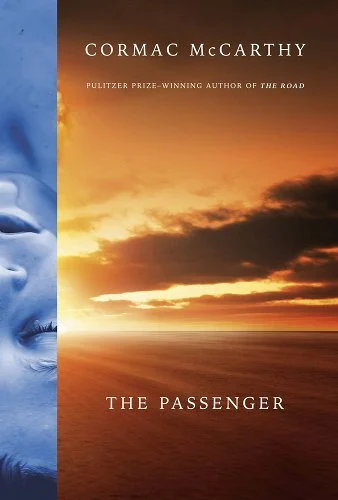[ad_1]
Near the beginning of the novel, a man comes across dead bodies that have been dead for a while. He knows there’s more to the scene than he can see. And for seeing what he sees, he will be pursued by a force he does not understand.
The novel is The Passenger, Cormac McCarthy’s newest book. But it could also be No Country for Old Men, one of McCarthy’s best-known novels and an even better-known Coen Brothers movie.
So, is McCarthy repeating himself? Yes. On purpose? I think so.
The repetitions don’t end with the plot. The Passenger’s cast of characters includes a gaggle of barflies that would be at home in the Knoxville of McCarthy’s Suttree. Much of The Passenger’s dialogue is as laconic and funny as anything Llewelyn Moss says in No Country For Old Men. In fact, Moss does say what a character in The Passenger says in response to a question about where he got a tool: The gettin place. Come to think of it, in All the Pretty Horses, Jimmy Blevins says it, too. And it all plays out against a backdrop of Western conquest or, maybe more accurately, ineradicable human conflict. In Blood Meridian, it’s the mass murder of Native Americans; in No Country For Old Men, it’s the Vietnam War and the drug war in the American Southwest; and in The Passenger, it’s Vietnam again, as well as the Holocaust and the United States’ bombing of Hiroshima and Nagasaki: “[T]he forces of hitsory which had ushered [the protagonist’s] troubled life into the tapestry were those of Auschwitz and Hiroshima, the sister events that sealed forever the fate of the West.”
So, The Passenger is repetitive, but it’s repetition with a difference. When I realized Bobby Western, the protagonist, had stumbled onto a murder carried out by shadowy forces, I prepared myself for No Country II– a chase story where the hero outruns some manifestation of pure evil. But in The Passenger, the chase doesn’t really get going, or at least not in anything like the way I thought it would. And when I read McCarthy invoking the Vietnam War and the United States’ bombing of HIroshima and Nagasaki, I prepared myself for Blood Meridian II—a meditation on the awful reality of Western power and humans’ desire for conquest. But in The Passenger, power circulates as much through networks of surveillance and finance as it does through the veins of hired killers. In other words, I fell for headfake after headfake until I realized the novel operates, in part, by activating and subverting expectations about how power and violence work, not to mention how Cormac McCarthy novels work.
Half of The Passenger follows Bobby as he flees (or doesn’t flee) what’s chasing him. The other half of the novel focuses on Bobby’s younger sister, Alicia, a math genius isolated with her hallucinations in the days leading up to her suicide. Alicia’s hallucinations—manifestations of her preoccupations, fears, and desires—return to her again and again in recognizable forms, including the form of a vaudevillian, flipper-handed ghoul called The Thalidomide Kid. Alicia knows she is nearing the end of her days, and the repetitions of her hallucinations read as an account-taking of her life. We might read McCarthy’s own repetitions in a similar way. That is, we might read these repetitions as McCarthy’s reflections on his efforts over half a century to make and populate a world of men on the run, incarnations of evil, and human beings all but bereft of hope putting one foot in front of the other to walk the road. McCarthy’s repetitions mark his conservative view of life: The old stories, the human conflicts, are never resolved for long or for good; they keep reemerging in new, but eerily familiar, forms.

FICTION
The Passenger
By Cormac McCarthy
Knopf Publishing Group
Published October 25, 2022

[ad_2]
Source link

